Specific Internal Surface Area: Measurement And Calculation
What Is Specific Internal Surface Area?
The specific internal surface area is defined as the total surface area of internal pores present in a material per unit mass or volume. It is one of the fundamental characteristics in materials science, chemistry, and environmental engineering, since the interaction of materials with the environment is directly influenced by this property.
The surface area determines the reactivity, the adsorption capability, and the strength of materials. For example, in catalysis, a higher surface area provides more active sites for chemical reactions to improve reaction efficiency. Similarly, in environmental applications, materials with greater surface areas have a better capacity to adsorb pollutants, making them useful and efficient for water purification and air filtration.
Factors Affecting Specific Surface Area
The internal surface area of a material depends, inter alia, on:
• Porosity: Materials with higher porosity have a greater internal surface area because more voids are available for adsorption or reaction.
• Particle Size: The smaller a particle is, the greater is its specific surface area, resulting in higher reactivity and surface interactions.
• Material Composition: Different materials have different inherent surface areas due to their atomic structure or molecular configuration.
• Processing Conditions: This could also include synthesis temperature, pressure, and processing time that can fundamentally affect the surface area of a material.
Methods for Calculating Specific Surface Area
There are a number of techniques for the measurement of specific surface area, each suited to different types of materials and applications:
Brunauer–Emmett–Teller (BET) Method
Among the common techniques, the BET method is widely used for measuring surface areas of porous materials. In this technique, nitrogen gas is adsorbed onto the surface and, through variation of the amount of gas absorbed with pressure, the amount of gas is measured. This method works satisfactorily for materials that have well-defined pores, such as activated carbon or silica.
Mercury Intrusion Porosimetry
In mercury intrusion porosimetry, mercury is injected into a material at high pressure. The amount of mercury that can, under pressure, be pushed into a material's pores is measured; from this, the specific surface area and pore size distribution are calculated. This method is useful for materials with larger pores but requires careful handling due to the toxicity of mercury.
Gas Adsorption Techniques
In addition to nitrogen used in the BET method, gas adsorption techniques can also use other gases, such as argon or carbon dioxide. These methods can offer flexibility depending on the material under study because some materials may interact more readily with specific gases. The surface area is calculated through the measurement of the quantity of gas adsorbed at particular pressures or temperatures.
|
Method |
Principle |
Suitable For |
Advantages |
Limitations |
|
BET |
Gas adsorption |
Porous materials |
Accurate for well-defined pores |
Requires specific equipment |
|
Mercury Intrusion Porosimetry |
Mercury pressure intrusion |
Various pore sizes |
Provides pore size distribution |
Mercury is toxic and requires safety measures |
|
Gas Adsorption Techniques |
Adsorption of different gases |
Flexible for different materials |
Versatile and adaptable |
Can be time-consuming |
For more detailed information visit Stanford Advanced Materials (SAM).
Applications of Specific Internal Surface Area
Understanding and calculating the specific internal surface area is crucial to a wide range of applications:
- Catalysis: Higher surface area provides more active sites, thus improving reaction rates.
- Environmental Engineering: Large surface areas allow higher adsorption of impurities, which assists in water purification.
- Pharmaceuticals: Increased surface area leads to better absorption, hence improving drug delivery efficiency.
- Materials Science: The higher the surface area of a material, the more strength and durability it possesses.
- Energy Storage: Materials with higher surface area can enhance battery performance, as it may improve electrode reactions.
Frequently Asked Questions
What is specific internal surface area?
It is defined as the total internal surface area of a material's pores measured per unit mass or volume. It is one of the main characteristics related to material-solvent interaction.
Why is specific surface area important in catalysis?
Large specific surface areas provide more active sites for catalytic chemical reactions and therefore enhance the efficiency of catalysts.
Which technique will provide the most accurate measurement of specific surface area?
The BET method is widely regarded as the most accurate technique for measuring the specific surface area, particularly of porous materials with well-defined pores.
How does particle size affect specific surface area?
Smaller particles possess a higher value of specific surface area compared to larger ones. This increases the reactivity of the material and enhances its ability to interact with other substances. Thus, such materials find applications in catalysis, adsorption, etc.
Can the specific surface area be changed after material synthesis?
Specific surface area modifications are possible after synthesis by techniques such as nanostructuring, chemical treatments, or mechanical processing in order to increase or tailor this value for a particular application.

 Bars
Bars
 Beads & Spheres
Beads & Spheres
 Bolts & Nuts
Bolts & Nuts
 Crucibles
Crucibles
 Discs
Discs
 Fibers & Fabrics
Fibers & Fabrics
 Films
Films
 Flake
Flake
 Foams
Foams
 Foil
Foil
 Granules
Granules
 Honeycombs
Honeycombs
 Ink
Ink
 Laminate
Laminate
 Lumps
Lumps
 Meshes
Meshes
 Metallised Film
Metallised Film
 Plate
Plate
 Powders
Powders
 Rod
Rod
 Sheets
Sheets
 Single Crystals
Single Crystals
 Sputtering Target
Sputtering Target
 Tubes
Tubes
 Washer
Washer
 Wires
Wires
 Converters & Calculators
Converters & Calculators
 Write for Us
Write for Us
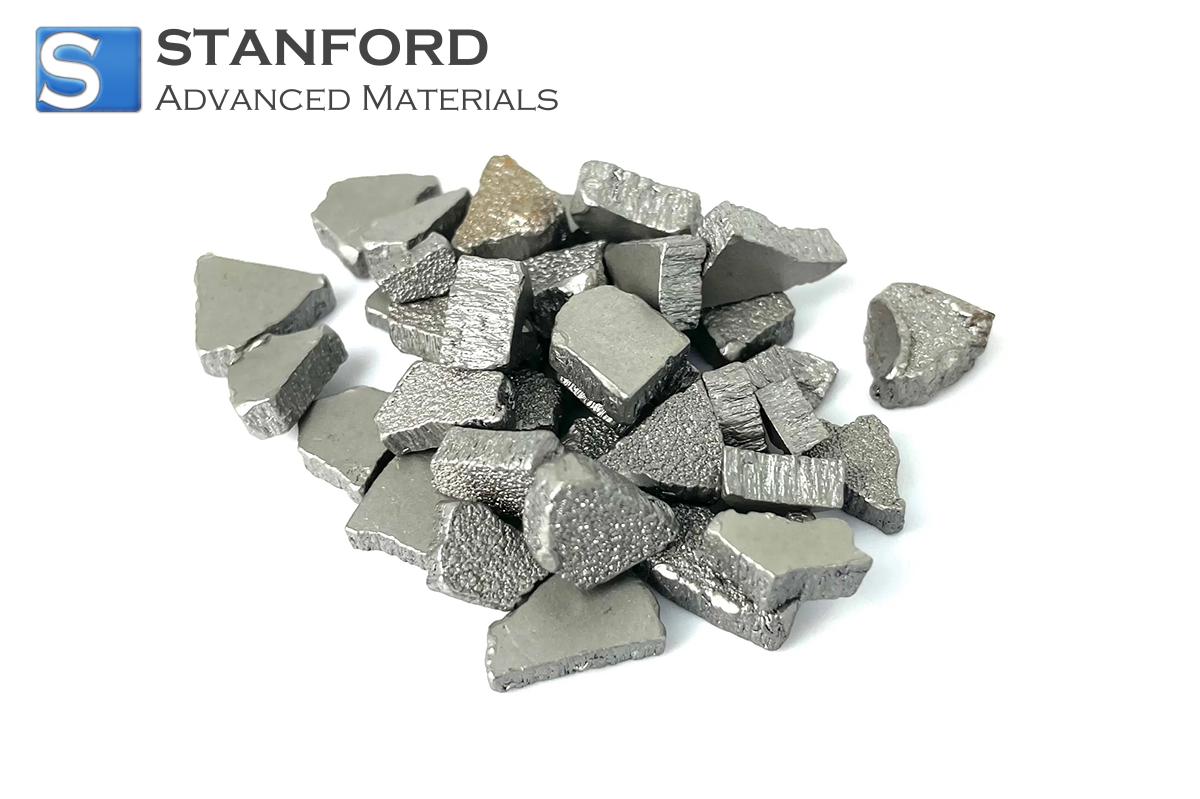
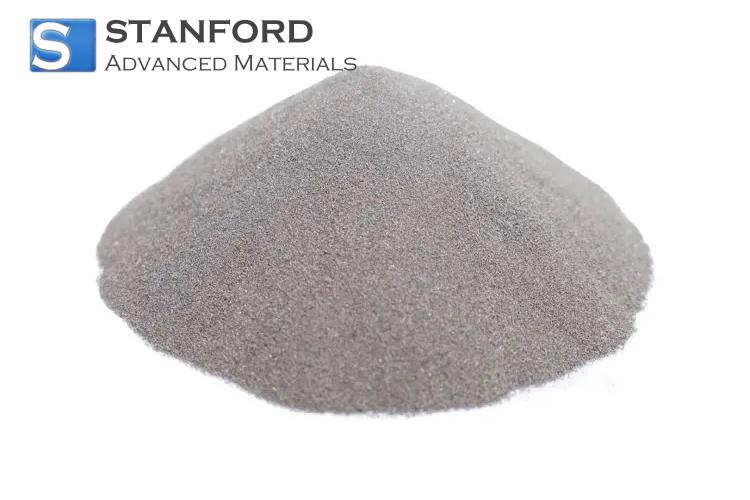
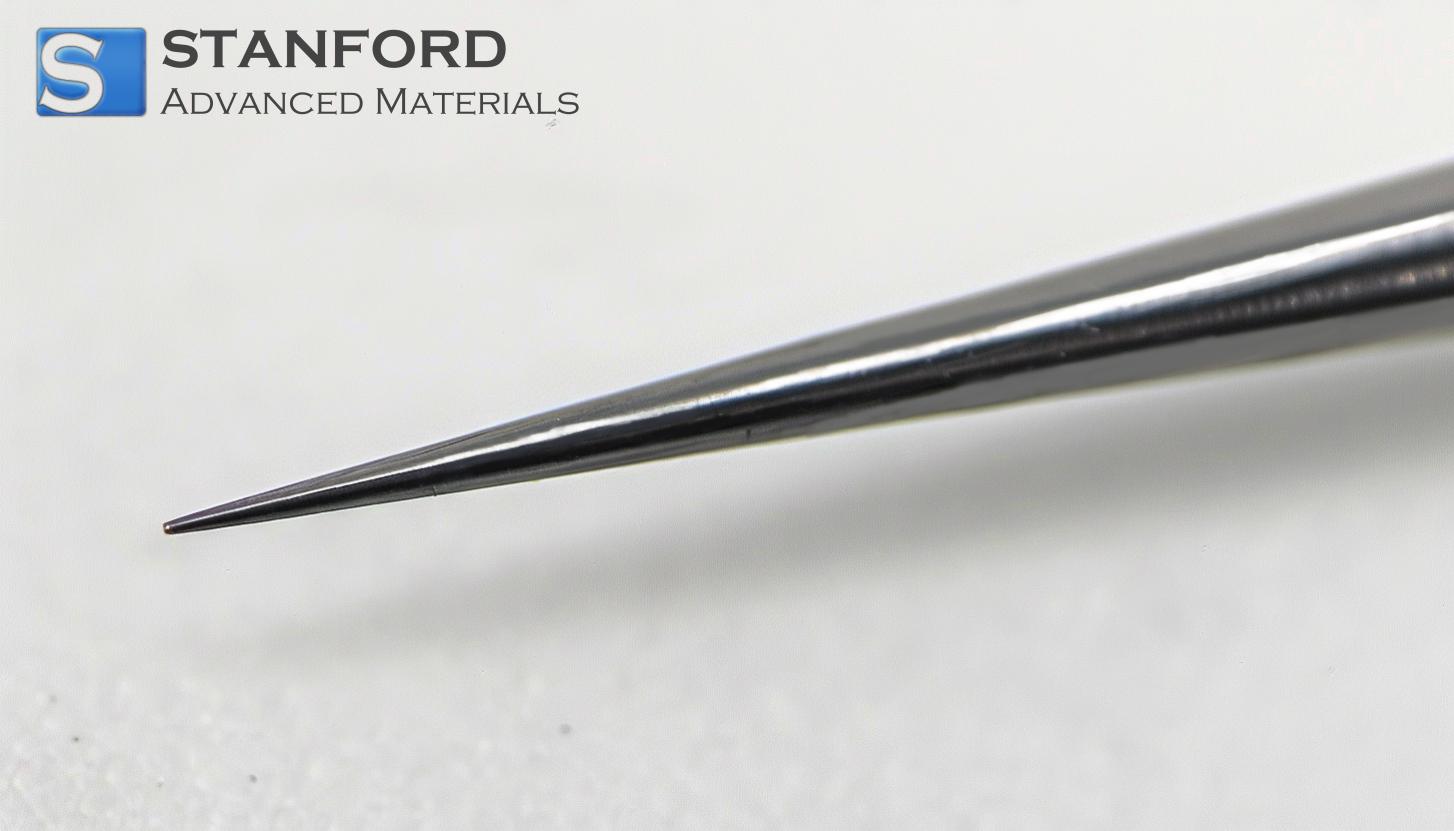
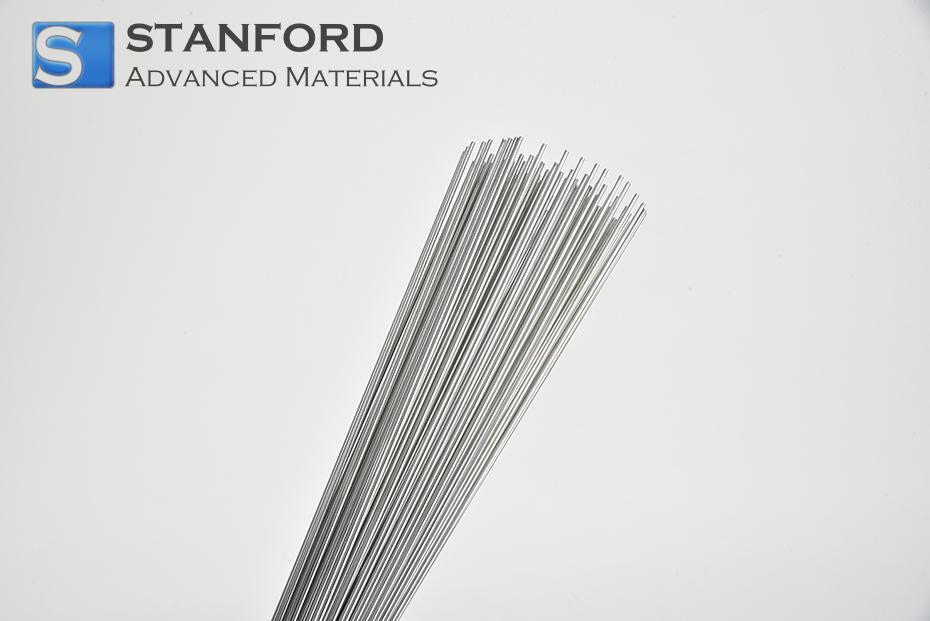
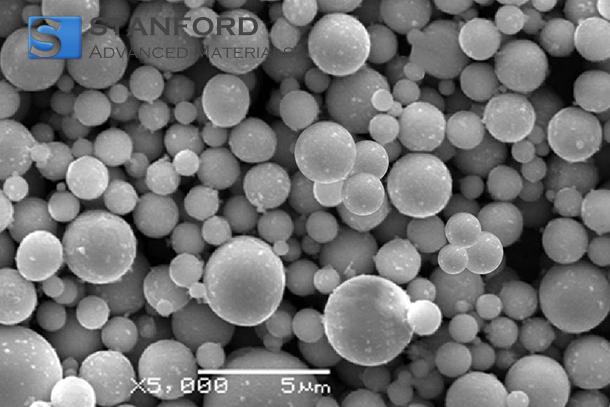
 Chin Trento
Chin Trento



